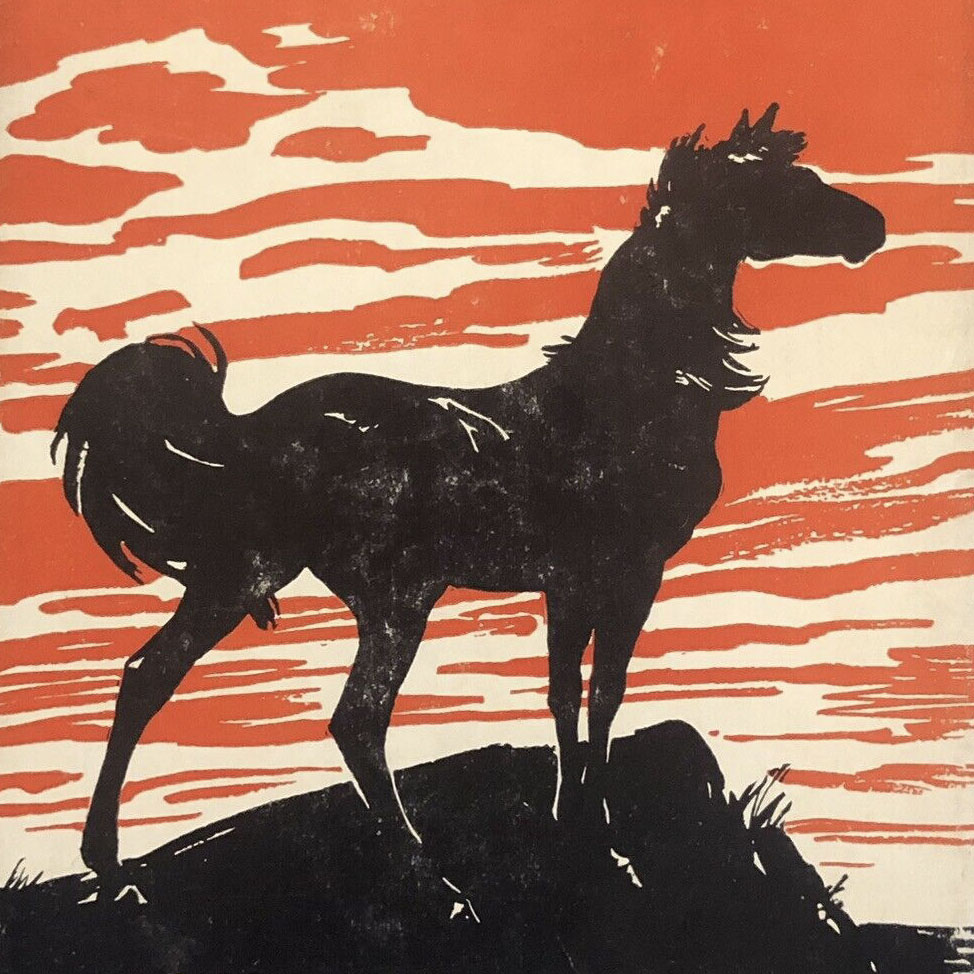Westernizing Arabian Horses
Examples of Purity Breeding in Relation to Authenticity and Improvement, 1880–2020
DOI:
https://doi.org/10.52537/humanimalia.13792Keywords:
Arabian horse, breeding, purity, pedigree, Poland, England, Russia, United States, WAHOAbstract
This article reviews Western approaches to the regulation of Arabian horse breeding as it shifted west and globalized, focusing on the period between 1880 and 2020. The move to “preserve” the Arabian horse within a Western framework is central to this history, but different approaches have been adopted over time. I consider examples from nineteenth century Poland, England, and Russia as contexts for understanding how debates about and approaches to producing “purity” unfolded in the Arabian horse industry in the twentieth-century United States and continue today in the global context of Arabian breeding framed by the Word Arabian Horse Organization (WAHO).
Downloads

Published
Issue
Section
License
Copyright (c) 2023 Margaret E. Derry (Author)

This work is licensed under a Creative Commons Attribution-NonCommercial 4.0 International License.









